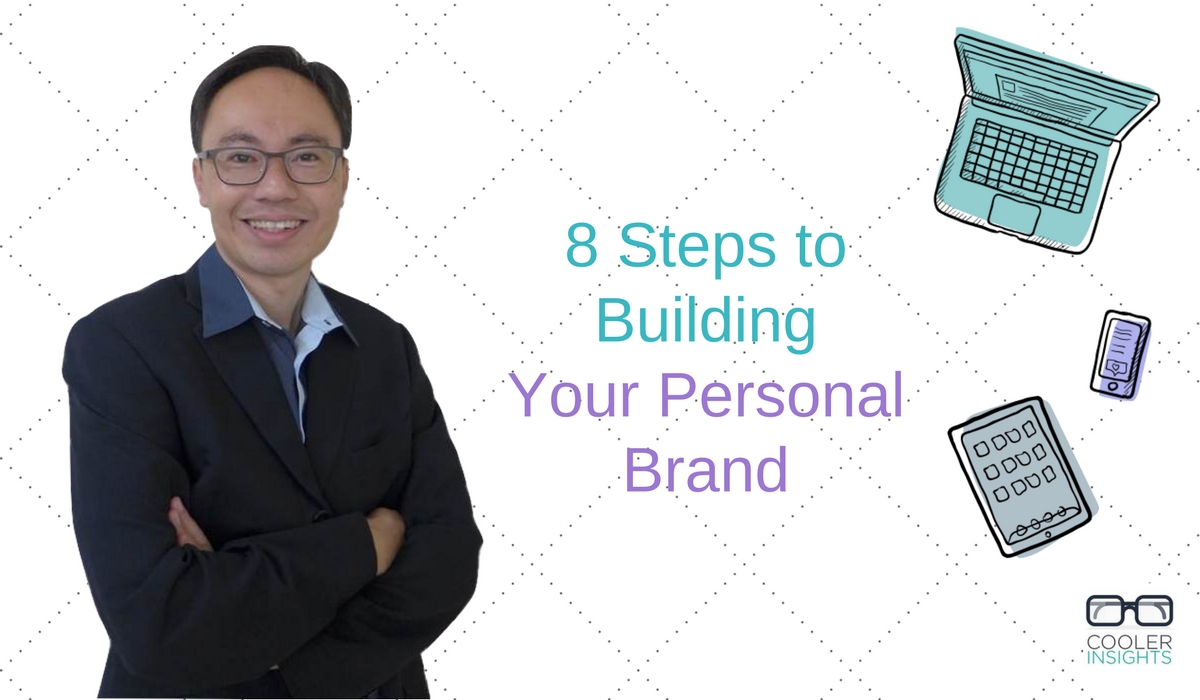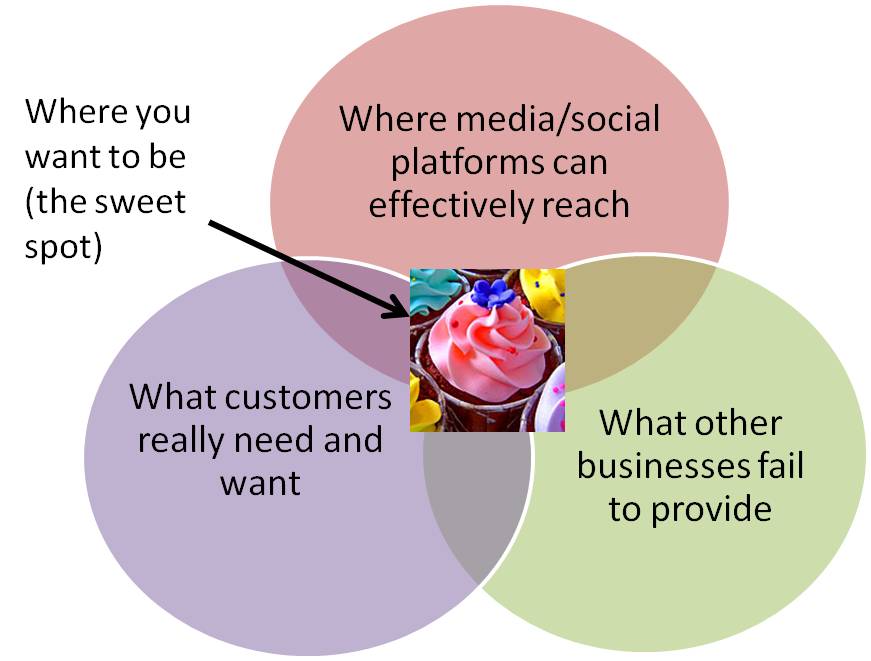Personal branding is often misunderstood by many.
Some consider personal branding an egoistic exercise in self-aggrandizement. Others feel that personal branding is just social media snake oil – an elixir which so-called “experts” and “gurus” try to foist on the naive.
While there are personal branding consultants supplying more hype than hope, you can’t run away from the fact that you need a robust personal brand to thrive in the social and digital age.
Without a strong online brand, you’ll find it harder to convince potential employers to hire you. Customers looking online for a business partner may miss you out. Ditto for budding talents in search of a coach, mentor or trainer to guide them.
But what can personal branding do? Let me begin by sharing my own personal branding story.
My Personal Branding Story
I was a career public servant, albeit a restless one. Previously Corp Comms Director for various public agencies, I took up a wide range of jobs – from strategic planning, industry development, events management, to organisational development, to advertising and promotions.
While working hard for my organisation in the day, I spent my free-time blogging. This happened back in 2005 when social media was at its infancy.
Initially, I wrote about anything which caught my fancy – food, holidays, family, reflections on life… the list goes on. As I matured in my blogging journey, I pivoted my content towards content marketing, social media, and personal development topics.
Over time, I introduced social media marketing to my organisation, and became known as a social media pioneer in the public sector. I networked with many fellow bloggers and social media influencers, was appointed as a judge for the Singapore Blog Awards, and participated in various media and blogger events.
I also experimented with creating social media profiles on Facebook, LinkedIn, Twitter, Google Plus, Instagram, and Pinterest.
An avid learner, I spent my free-time reading books and blogs on digital media, personal development, and behavioural economics. I also signed up for online learning programmes in various content marketing topics.
Once I finished reading a title, I made it a point to write a book review or summary of key learning points. This helped me to capture what I’ve learned. It also provided material for my business blog.
Through these efforts, I was recognised for what I did. Almost all my present clients, partners and associates came to me via my content marketing and social media storytelling efforts. My work now involves a mixture of consulting, training, and content creation.
I make a comfortable living, enjoy what I do and love the flexibility that my current role provides.
How You Can Get Started
If a shy and introverted guy like me can do it, I’m confident that you can too.
So what can you do to build your personal brand? How can you stand out from the masses?
Here are 8 steps you should take.
#1 Identify Your Unique Value Proposition (UVP)
First and foremost, you need to identify what your unique gift to the world is. Ask yourself the following questions:
- What are your greatest strengths and best points?
- What did your colleagues, bosses, clients and associates say about you?
- Which industry could you best serve?
- What problems can you best solve?
- What would you enjoy doing over a sustained period of time?
#2 Define Your Market
Once you’ve identified your UVP, you’ll need to find willing buyers for your craft.
To do so, it makes sense for you to study what your competitors are already providing in the market, what your customers are looking for, and which channels would best reach them. The overlap between these three dimensions would be the sweet spot where your future niche could be (read The 3 Cs of Convergence Marketing for more).
Some of the questions you may ask include the following:
- Which markets are currently under-served?
- Who are my potential competitors? Where are the chinks in their armour (which I can exploit)?
- Is this a growing or declining market?
- How would I sustain demand for my products or services?
#3 Narrate Your Personal Brand Story
The most successful personal brands are rich in compelling personal narratives. Storytelling not only helps you to become more “real” to your target audiences – it also helps to improve trust, increase likability, and cultivate relationships.
In crafting a personal brand story, it helps to identify how your plot unfolds, who the characters in your life are, how you solved conflicts which came your way, and what your brand message is like.
You may also wish to craft what I call a “brand mantra”. This could be a short statement like a tagline which describes who you are, and the “dent” which you’re making in the “universe”.
#4 Showcase Your Skills and Capabilities
Telling others how good you are isn’t enough. You’ll need to provide examples of how good you are.
Thankfully, we have social networks like LinkedIn for that purpose.
Check out my LinkedIn profile to learn how you can build a solid online presence that draws potential partners, employers and customers. You may also wish to read this post I wrote about using LinkedIn to market yourself online.
If you have the bandwidth (and the energy), I’ll suggest that you go one step further and develop a personal branding website. Here’s an example from my friend and personal branding expert Eugene Seah.
#5 Develop an Authentic Personal Style
Listing your skills and projects alone isn’t enough. You need to leave a distinct and memorable impression in your prospect’s minds.
This is where developing a unique personal style comes in.
Your personal style should reflect your lifestyle, interests, personality traits, and fashion tastes. It is captured in the way you dress, the way you speak and write, your tone of voice, as well as how you deal with others.
Leadership icons like Steve Jobs, Mark Zuckerberg, Barack Obama, and Lee Kuan Yew are well know for their authentic and unmistakable style.
#6 Craft and Publish Valuable Content Regularly
In the digital age, content marketing is a vital weapon in your personal branding journey.
Without online channels to publish and promote your ideas and insights, your efforts in personal branding can only reach a small pool of people. This reduces the impact of what you’ve got to say, and limits your effectiveness.
Depending on your aptitude, there are many different forms of content which you can create. They range from blog posts (like this), infographics, short videos (which you can share on Instagram or Facebook), photos, motivational quotes, to direct status updates.
The key thing is to create content that helps your potential customers (or employers) solve a problem, provides enrichment (or entertainment), and improves their professional or personal lives.
(Read more about useful content here.)
#7 Network and Connect with Others
“If a tree falls in a forest and no one is around to hear it, does it make a sound?”
That age-old saying nicely summarises the importance of social networking in building your personal brand. Without a community of friends, fans and followers, your efforts to promote your personal brand will be less effective.
There are many ways to do so. Personally, I like catching up with friends either in a group or one-to-one.
However, you may also choose to participate in trade associations or industry networking events, attend trade conferences and seminars, or connect with your alumni – ex-colleagues, university or polytechnic mates, and school mates.
Beyond reaching out to others face-to-face, you should also look for like-minded others to connect with online. They could be on Facebook, LinkedIn, Twitter, Instagram or other social channels. Do remember not to immediately request for a meeting (or worse – a sale) until you’ve established your credibility by regularly sharing useful content and engaging with them online.
#8 Embrace Lifelong Learning
Last, but certainly not least, you’ve got to “sharpen the saw” as Stephen Covey would say.
Personally, I prefer learning through books, online articles, and podcasts written and produced by thought leaders in my field. I also make it a point to attend workshops or conferences regularly (I do get invited to these quite often as a business blogger) so that I can keep myself updated.
A good way to intensify your learning journey is to sign up for workshops or courses. Like the ones I conduct on social media marketing here. These could be in the topic of your interest or your professional areas. The important thing here is to look for opportunities to learn from life, wherever you may be.
(Read here for more tips on how you can learn from life itself.)
Now that you’ve learned what it takes to build your personal brand, I challenge you to start on your journey in this new year. Let me know how things pan out for you too.
NEW: Exemplars of Personal Branding
If you wish to read how some personal branding superstars do it, read this article by Leverage Creative Group on the best examples of personal branding. It features online entrepreneurs like Rami Sethi, Pat Flynn, Brian Dean, Jerry Jenkins and others too.
Need Help to Build Your Personal Brand?
Wish to use solid content to build your personal brand but unsure how?
Drop me an an email with your particulars, and we’ll be happy to arrange for a free 30-minute consultation session. (If you’re in Singapore, we can also meet for a coffee chat.)


